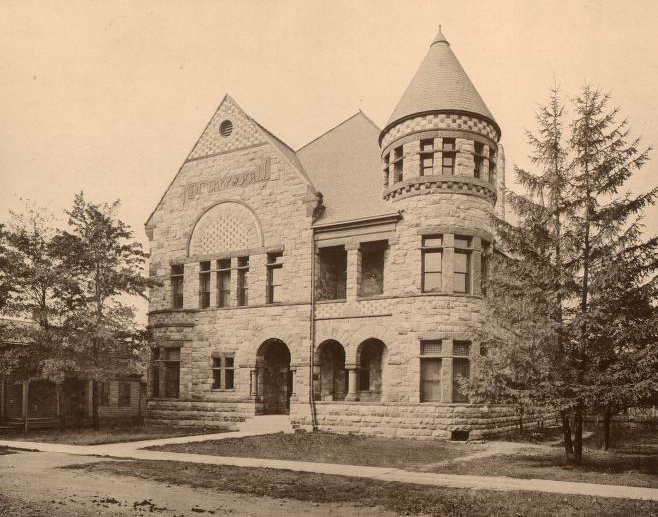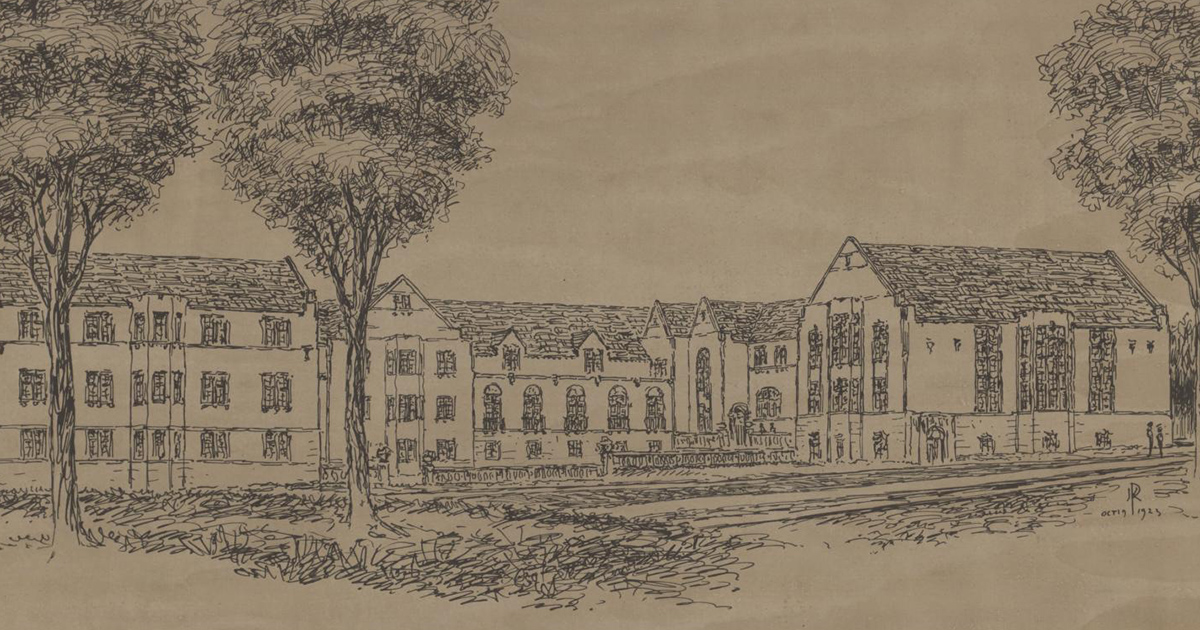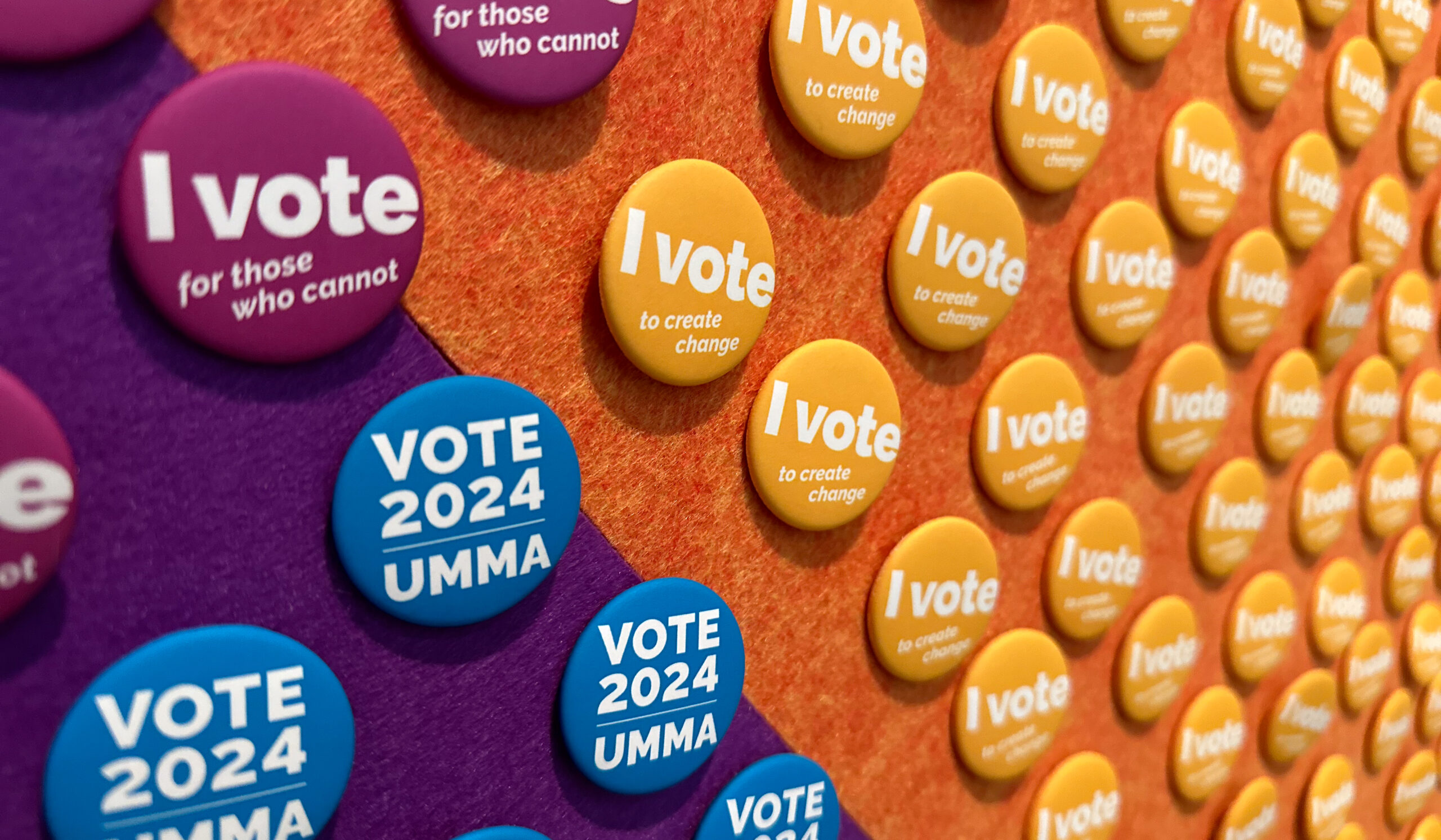In 1920, U-M welcomed a visitor from Yale University, Charles Foster Kent, who was touring several universities around the country. During this visit, the professor of divinity advocated for an independent, scholar-focused Michigan School of Religion (MSR).
Faculty and alumni took note and began planning the school in 1922, and in January 1923, U-M President Marion Burton showed his support for the MSR at a Detroit banquet where Kent presented further details for the school. The event signaled true momentum for the school.
As time passed, however, some MSR trustees and prominent U-M alumni became wary of Kent’s intent. Chiefly, they worried that any religious controversy generated by the MSR would automatically reflect on the University. The publication of the MSR’s official pamphlet, “The Michigan School of Religion: A Response to the Appeal of Youth,” in November 1924 underscored those concerns: “Thus the School will not merely present the intellectual interpretation of religion, but will also cultivate reverence for and faith in religious and spiritual forces and values.”
Critics worried that the University would actively promote a Christian religious life for students, rather than the scholarly study of many religions.
Even before the pamphlet, organizers struggled to generate pledges for both the legal fees necessary to incorporate the MSR as a college and the goal of a $1 million endowment. Nevertheless, $75,000 of what was already raised went toward three years’ worth of classes under the MSR banner, beginning in September 1925.

Most of the initial 36 classes were cross-registered with existing U-M courses, taught by U-M faculty in U-M buildings. Five graduate fellows, selected by the National Council on Religion in Higher Education, also took the MSR classes. The fellows, however, questioned the curriculum. “Should one not have more about other religions than Christianity? Primitive religion and anthropology would be especially interesting,” wrote one. Others requested courses on Judaism, Catholicism, and Islam, with an explicit goal of “constructive instruction as to the religious nature of mankind.”
During its second year in operation, the MSR expanded to 50 courses and 200 students (a fourfold increase from the previous year). That was as large as the school would ever become. Lack of funding continued to be an issue. The board of regents declined to extend full credit-granting capabilities to the MSR. Its chief proponents retired, took up research projects abroad, or died. In the 1927-28 school year, no MSR courses were offered. The remaining MSR trustees quietly shelved the school at a May 1927 meeting.
Gregory Lucas-Myers, ’10, is assistant editor of Michigan Alumnus.





